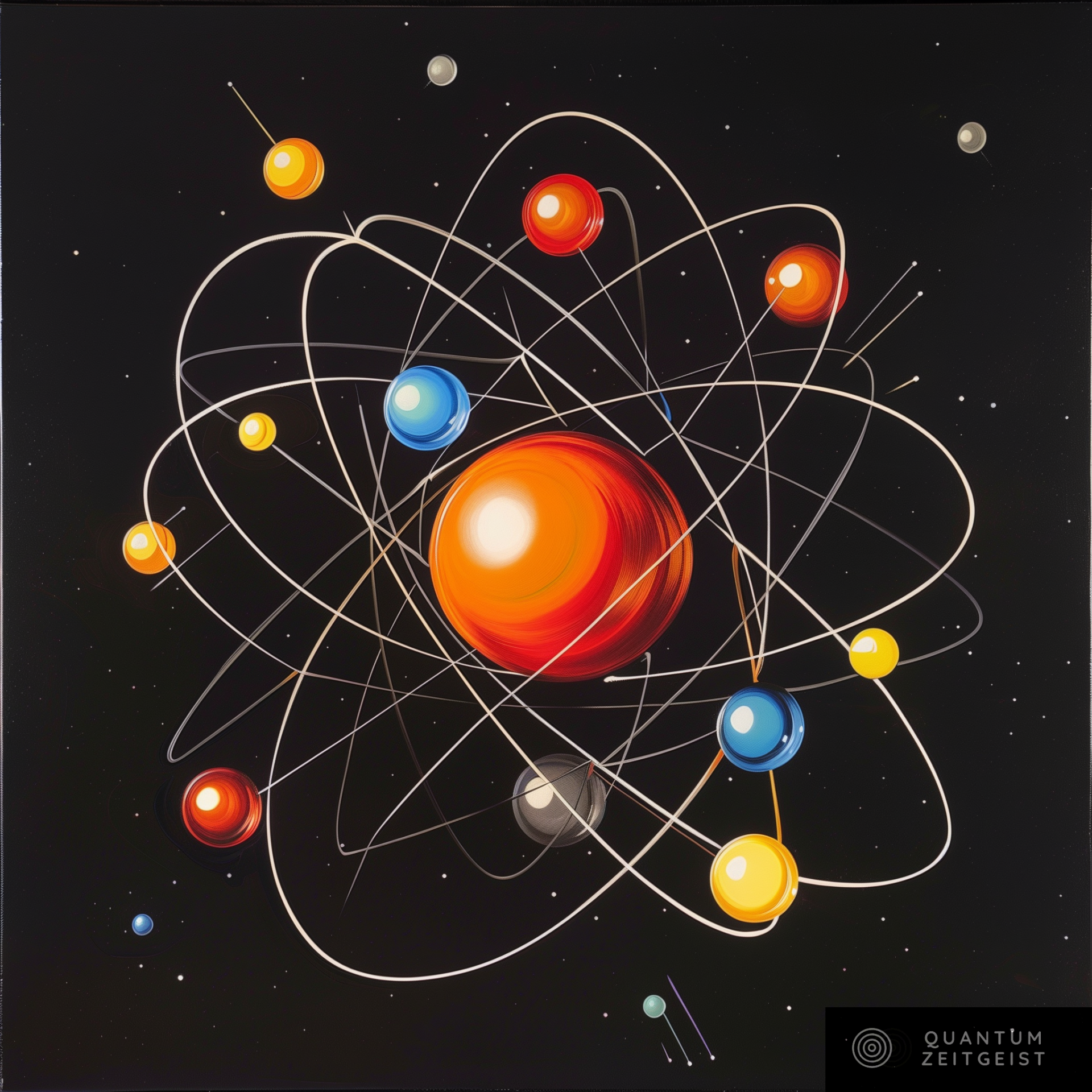SMU chemist Elfi Kraka and her team have developed a machine learning model, ANI-1xnr, to understand atomic-level interactions. This model is a more efficient and cost-effective alternative to traditional quantum chemical simulations. It can be applied to a wide range of reactive chemistry without expensive refitting. The team tested ANI-1xnr on five distinct systems, with results closely matching existing data. The model could help understand how drugs interact with the human body, explore organic materials from comets and asteroids, and simulate chemical reactions in space. The ANI-1xnr dataset is now publicly available for research use.
Development of a Novel Machine Learning Model for Atomic-Level Interactions
Elfi Kraka, a chemist at Southern Methodist University (SMU), and her team have been working on a computational tool that aims to provide insights into the interactions at the atomic level. The mathematical functions used to calculate the potential energy of a system of atoms are known as interatomic potentials. Machine learning interatomic potentials (MLIPs) have emerged as a more efficient and cost-effective alternative to traditional quantum chemical simulations, which can often be inaccessible for larger systems even with today’s high-performance computing.
The team has developed a new MLIP, named ANI-1xnr, which can be applied to a wide range of reactive chemistry without the need for expensive refitting, a significant limitation of the currently used MLIPs. The findings of this research have been published in the journal Nature Chemistry.
Potential Applications of Understanding Atomic-Level Interactions
Understanding atomic-level interactions could have far-reaching implications. It could help us take better care of our planet, influence how drugs interact with the human body, and even allow us to explore organic materials that have arrived on Earth via comets and asteroids. It could also enable us to simulate chemical reactions occurring in distant space, including those involving stardust or interstellar grains.
Testing the ANI-1xnr Potential
The team tested the new ANI-1xnr potential by simulating five distinct systems in extreme environments. These included carbon solid-phase nucleation, graphene ring formation from acetylene, biofuel additives, combustion of methane, and the spontaneous formation of glycine from early earth small molecules. The results closely matched available experimental or theoretical data.
The Miller Experiment and Prebiotic Chemistry
The spontaneous formation of glycine from early earth small molecules is related to an experiment conducted by Miller in 1959. Miller applied electricity to a mixture of simple molecules, such as ammonia, carbon monoxide, water, hydrogen, and methane, revealing how amino acids, crucial life-building blocks, were formed. This experiment led to the creation of a new field of study called prebiotic chemistry, which seeks to understand the chemical processes and reactions that occurred on Earth before the emergence of life.
Future Plans and Collaborations
The ANI-1xnr dataset is now publicly available for research use. The authors plan to expand and further train ANI-1xnr over time. Kraka is particularly interested in exploring the formation of amino acids and precursors of DNA from small molecules under extraterrestrial conditions, one of her recent research interests.
Kraka is the head of the Computational And Theoretical Chemistry Group (CATCO) at SMU. CATCO’s research mission is to develop modern quantum chemical tools and apply these tools to solve pending problems in chemistry, biology, materials science, astrophysics, and beyond. CATCO is one of the high-volume user groups of SMU’s high-performance computing cluster. Other contributors to the paper include researchers from Carnegie Mellon University, Los Alamos National Laboratory, and NVIDIA Corp. The study’s CATCO component was funded by the National Science Foundation.
External Link: Click Here For More

